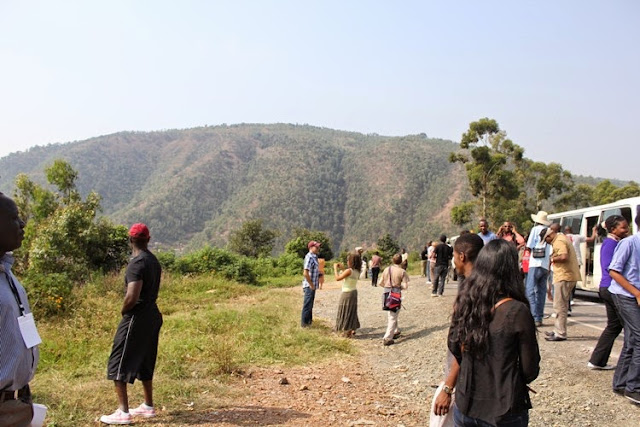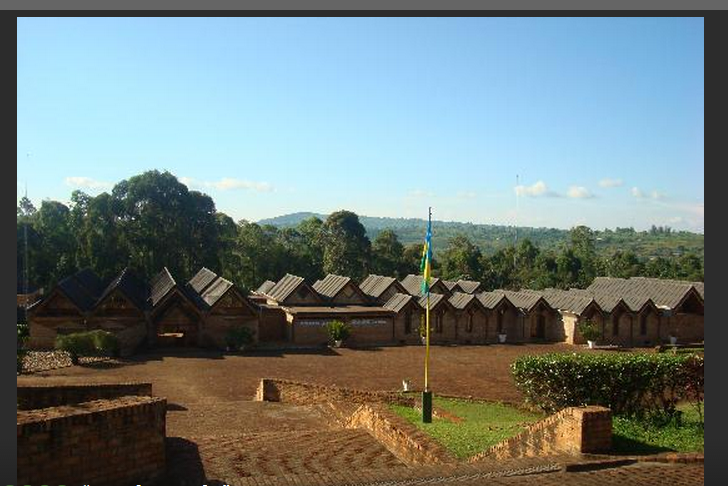This museum was inaugurated on 18th/ September/1989
and located in Huye District in Southern Province of Rwanda, is the most well
known museum in Rwanda and houses perhaps the finest ethnographic and archaeological
collections in East Africa with more than 10,000 artifacts. Absorbing displays
of traditional artifacts are illuminated by a fascinating selection of turn of
the century monochrome photographs, providing insight not only into
pre-colonial lifestyles, but also into the subsequent development of Rwanda as
a modern African state.
Institute of National Museum of Rwanda: Ethnographic museum in Huye District
It is well known for collection of Rwanda's rich culture and way of life; including Hunting, farming, Fishing, pottery, dress code and many others of Rwandan culture. it has also a teaching center fr traditional Handcrafts that works with young children in aim of preserving and restoring Rwanda's culture
Young Rwandan children in aim of preserving and restoring Rwanda's culture
Huye District lies 135 km from Kigali and visit can
be organized as a day pleasure trio out of Kigali, the Capital City of Rwanda.
The diverse sections of the museum demonstrate a wide-ranging assemblage of
indistinguishable pictures, traditional artifacts and objects, tools and
different craft products, Ethnographic objects are clustered together according
to the theme giving quality information ceramics and basketry are still
manufactured and belong to the finest handicrafts of the region.
The museum is the fine and reflects well the time
spirit at the end of 19th century when the East African Kingdoms
came in contact with the first Europeans. The Wealthy insights about Rwanda’s
traditional life and culture and the successive historical developments
contribute to a better understanding of African history and should be compelled
for everybody who’s interested in Africa.
Huye’s cultural significance is further underlined
by a visit to the traditional seat of Rwanda’s feudal Kingdom. The impressive
Royale Palace at Nyanza, a colossal domed construction made completely with
traditional materials, has been thoroughly restored to its 19th
century state and is now safeguard as a museum.
The Royal palace of Rwanda where the king used to receive visitors in front of his hut, surrounded by his two bodyguards
The views expressed are those of the author and are not necessarily of the scientific study






Comments
Post a Comment